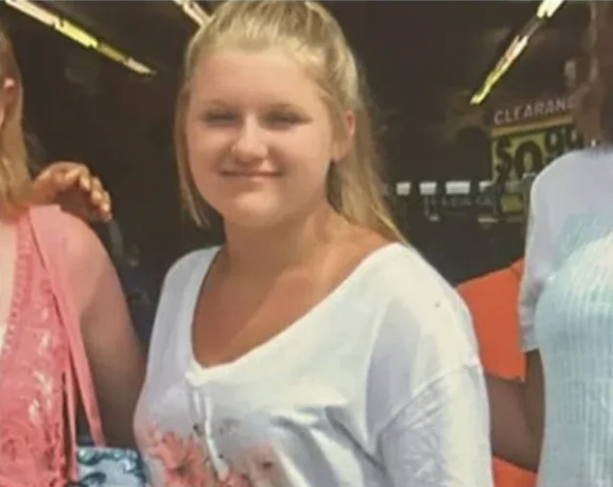
I moved from foster home to foster home, losing count of all the houses. Everyone promised, “You won’t have to move again,” but only one lasted longer than a year.
In 7th grade, my twin sister and I found a home where I finally felt safe. My foster mom was kind and patient—I wasn’t a visitor, but family. I truly thought I’d stay forever.
Then one day, nobody asked me, nobody warned me—I just had to leave. It shattered me.
Everyone talks about foster parents getting “too attached,” but we get attached too.
—Amara, former foster youth
How many houses? Amara lost count. That sentence alone captures the instability that defines foster care for too many children. Not just moving once or twice, but so many times you can’t keep track. Each move means new rules, new routines, new people to trust who might disappear without warning.
“Everyone promised, ‘You won’t have to move again.'” That promise gets made repeatedly in foster care—by social workers trying to provide reassurance, by foster parents hoping this placement will work, by well-meaning adults who can’t actually guarantee stability. And every time the promise gets broken, it becomes harder to believe the next one.
“But only one lasted longer than a year.” Most of Amara’s placements ended within months. The reasons vary—foster parents changing their minds, behavior issues (often trauma responses), system logistics that prioritize paperwork over stability. But the result is the same: a child moving again, packing belongings into garbage bags, starting over in a new place with new strangers.
In 7th grade—around 12 or 13 years old—Amara and her twin sister found something different. A home where she finally felt safe. Not just physically safe, but emotionally. A foster mom who was kind and patient, who treated Amara not as a temporary visitor or charity case, but as family.
“I truly thought I’d stay forever.” That’s the hope every foster child carries into placements that feel good. Maybe this time it’s real. Maybe this family will keep me. Maybe I can finally stop moving, stop waiting for the other shoe to drop, stop keeping emotional distance to protect myself from inevitable loss.
Then one day, it ended. “Nobody asked me, nobody warned me—I just had to leave.” That’s the reality of being a foster child without legal permanency. Decisions get made by adults—caseworkers, judges, biological parents, foster parents—and children comply. Amara had no voice in the decision. No warning to prepare. Just told she was leaving the place that had finally felt like home.
“It shattered me.” Two words that capture devastating loss. Not just losing a placement, but losing the family she’d believed in. Losing the foster mom who’d been kind and patient. Losing her twin sister as companion in that specific home. Losing the belief that “forever” was possible for someone like her.
“Everyone talks about foster parents getting ‘too attached,’ but we get attached too.” This sentence is the heart of Amara’s message. Foster care training warns foster parents about attachment—don’t get too close, remember these children aren’t yours, prepare for them to leave. Those warnings acknowledge foster parent pain when children move on.
But what about children’s attachment? Amara got attached to the kind, patient foster mom who made her feel like family. She got attached to the belief that this time would be different. She got attached to hope. And when it ended without warning, her attachment didn’t protect her from heartbreak—it guaranteed it.
The photo shows Amara now—a young woman who survived foster care, who carried her trauma into adulthood, who’s sharing her story so people understand what it’s like to be the child moving constantly, promised stability that doesn’t last, attached to families who couldn’t or wouldn’t keep her.
This story challenges the narrative that foster parents are the primary victims of attachment pain. Yes, foster parents hurt when children leave. But children like Amara hurt too—repeatedly, throughout childhood, without the adult coping mechanisms or life experience to process that loss. And unlike foster parents who choose this role knowing children might leave, foster children don’t choose the instability. They just survive it.
“If this story touched your heart, hit subscribe.” Because stories like Amara’s need to be told. Not to discourage foster parenting, but to remind us that children in care are people with feelings, attachments, and breaking points. That promises of “you won’t have to move again” shouldn’t be made unless they can be kept. That decisions about children’s placements should include their voices, or at minimum, prepare them for transitions rather than ambushing them.
Amara got attached. She got shattered. She survived. And now she’s telling her story so maybe—maybe—the next foster child won’t have to experience what she did. Won’t lose count of houses. Won’t hear empty promises. Won’t be shattered by unexpected loss from the place that finally felt like home.